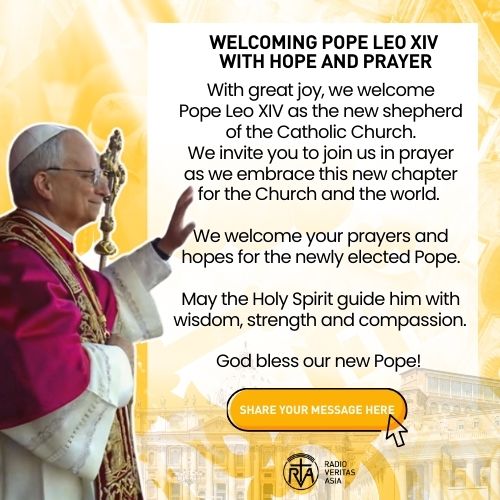St. Andrew: The First-Called Disciple

St. Andrew, whose feast we celebrate on November 30, was an ordinary fisherman from Bethsaida—steady, hardworking, and accustomed to the honest rhythms of the sea. Nothing in his background suggested greatness. Yet beneath the routine of mending nets and hauling in the day’s catch, Andrew carried a heart that was open, searching, and ready.
He was one of the few who sensed that God might be doing something new in their time. Andrew listened to John the Baptist, followed his preaching, and allowed himself to be stirred by the hope of a coming Messiah. When he encountered Jesus, Andrew responded with the simplicity that marks true faith—not with arguments, not with hesitation, but with willingness. And just as quietly, he invited others along the way. His first impulse after meeting Jesus was to bring his brother Simon. That pattern would define his life: Andrew met the Lord, and Andrew brought others to Him.
Though he appears only briefly in Scripture, each scene shows the same character. Andrew is the one who notices people on the margins, the one who brings a young boy forward instead of dismissing him, the one who welcomes strangers who wish to see Jesus. He does not speak much, but his actions reveal a disciple who builds bridges, opens doors, and stands in the background so that others may draw near to Christ.
After Pentecost, tradition says Andrew carried the Gospel northward. He preached in Scythia, along the Black Sea, and in Greece. In Patras, he was arrested for converting the governor’s wife. The governor, furious, ordered Andrew crucified. But Andrew asked for a different cross—an X-shaped one—so he would not die in the same manner as his Lord. For two days he hung there, preaching to the crowds below. His last words, according to the ancient accounts, were a prayer of thanksgiving: “Lord, take me to Yourself.” That X-shaped cross, called the saltire, became Andrew’s symbol. You see it on the flag of Scotland, where his relics were brought in the fourth century.
The story goes that a monk named Rule had a dream in which an angel told him to take Andrew’s bones to “the ends of the earth.” He sailed until his ship ran aground on the eastern coast of what is now Scotland. There, at the place we now call St. Andrews, he built a church. The town grew into a center of learning and faith, its cathedral ruins still whispering of the fisherman who followed. In Greece, Russia, and Romania, Andrew is patron saint. Fishermen invoke him before setting out. In Italy, families eat a special cake on his feast day. But wherever he is honored, the message is the same: God uses ordinary people who are willing to leave their nets.
What can we learn from Andrew today? Three simple truths.
First, follow promptly. Andrew didn’t wait for a sign in the sky. When Jesus said, “Come and see,” he went. Too often we delay, waiting for perfect conditions or complete understanding. Faith is not about having all the answers; it is about taking the next step.
Second, bring others. Andrew’s first act after meeting Jesus was to find Simon. Evangelization begins at home, in the everyday conversations. Who in your life needs to hear, “We have found the Messiah”? A child, a coworker, a neighbor? Andrew shows us that sharing faith is not a program; it is a relationship.
Third, stay humble. Andrew could have boasted, “I was there first.” Instead, he let Peter take the lead. In the lists of apostles, he is always second, content in the shadow. Humility is not thinking less of yourself; it is thinking of yourself less.
On November 30, as the days grow shorter and the year winds down, light a candle for St. Andrew. If you’re near the sea, walk the shore and remember the fisherman who left his boat. If you’re landlocked, share a meal and tell his story. And if you feel ordinary, unqualified, or overlooked, remember: God called a fisherman, not a scholar. He still does.








